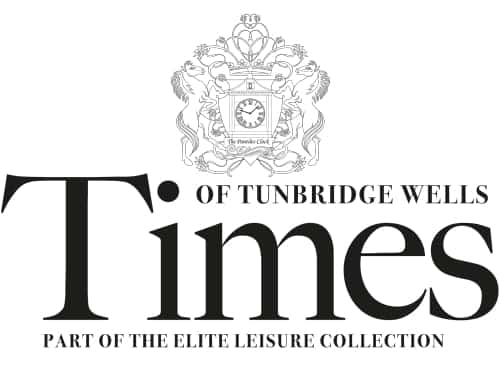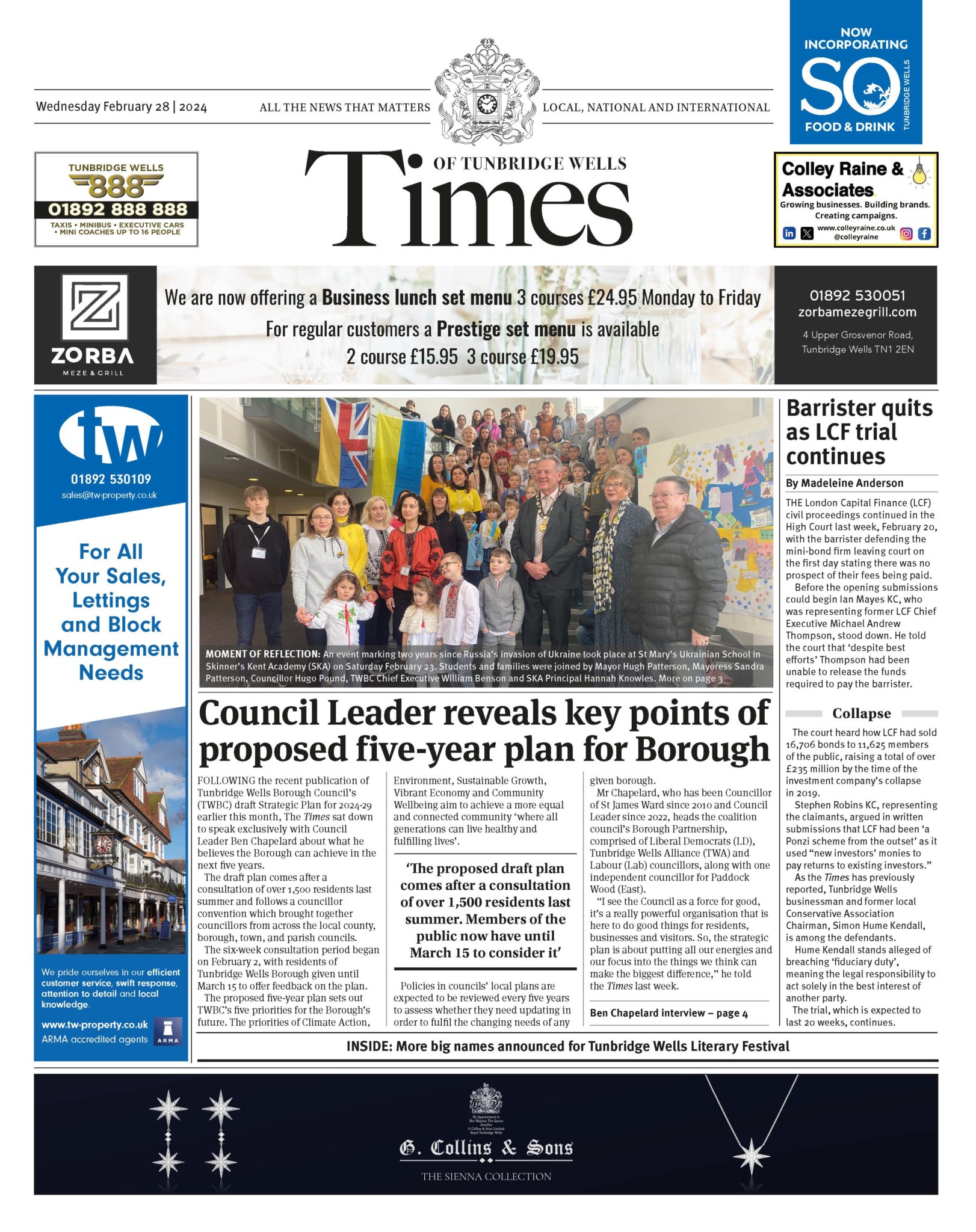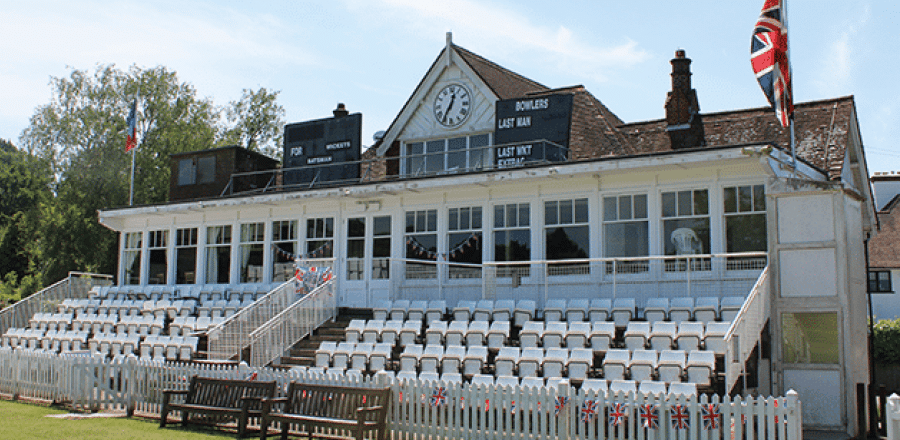They are set to be introduced on more than 50 roads following a public consultation period which ends on December 10.
The streets affected include: outside the railway station between the roundabouts at Pembury Road and Vale Road; Waterloo Road; from Barden Road and Avebury Avenue stretching to the western extremity of the town; Lyons Crescent and East Street; the top of the High Street, and roads leading west off Lansdowne Road and around The Slade.
According to Simon Jones, director of Highways, Transportation and Waste at Kent County Council [KCC]: “The various restrictions are to avoid the danger to persons or other traffic using the road.”
He added: “From April 1 2013 Kent County Council became responsible for a number of public health functions. One of those was the health improvement for the population of Kent.
“In recent years the demand for the implementation of 20mph schemes had been increasing in response to both local and national campaigns.”
County Hall’s decision to enforce the speed limits comes as a result of a petition raised by the Barden Residents’ Association for Barden Road to be 20mph. It has campaigned on the issue since it was set up in 2015.
Fran Long, a member of the association and also chair of the Tonbridge Bicycle Users Group [TBUG], has welcomed the scheme as good news for the town’s cyclists as well as pedestrians – but would like to see it expanded further.
She said: “TBUG think that lower speeds making the streets safer will encourage more people to walk or cycle.
“Richard Long, our KCC councillor, told the Residents’ Association a different speed limit in Barden only would confuse motorists, which was a reasonable comment. I think he has gradually come to see it could be good in a wider area.”
But she added: “We would like 20mph in all residential areas. The proposed area should be extended to Brook Street and Lower Haysden Lane.”
‘Speed limits need to be enforced.
There is evidence to suggest that
too many drivers ignore them’
Adrian Berendt, whose two-year 20’s Plenty in Tunbridge Wells campaign led to 50 streets in the St John’s area being designated 20mph zones last year, agreed with her recommendation.
“We welcome the extension of 20mph to more residential areas and the centre of Tonbridge,” he said. “This will make it safer and more pleasant for residents of those roads.
“Even better would be to include Brook Street – a road with two schools and a college – and Upper Haysden Lane in the scheme plus the residential area to the south of those roads.”
The move has been seen by the Tonbridge & Malling Green Party as an opportunity to encourage more people to cycle, walk or use buses rather than cars to help cut down on pollution.
The section of the High Street between Botany and Vale Road is one of seven Air Quality Management Areas in the borough where the targets for nitrogen dioxide levels are being exceeded.
April Clark, the party’s Parliamentary candidate at the last General Election, told the Times: “The Green Party has been campaigning for 20mph limits on residential roads for a long time, so we are delighted to hear that KCC are finally taking this issue seriously.
“By reducing traffic speeds we make roads more welcoming for all road users which, in turn, helps encourage more people to walk and cycle.”
She added: “There is evidence to suggest that lower speed limits reduce emissions and therefore help to increase air quality.
“But we would not want to overstate this because a lot depends on driving style, engine design and other factors’.
“Reducing the number of car journeys is the only surefire way to make a serious impact on air quality and congestion, which is why we support greatly increased public transport capacity.”
A KCC spokesman said the scheme had further health benefits since increased travelling by bike or on foot would help to improve fitness.
“There is evidence that 20mph schemes encourage healthier transport modes such as walking and cycling,” he said.
“In Bristol, preliminary results indicated increases in levels of walking and cycling of over 20 per cent.
“An increase in the implementation of 20mph schemes could assist in the outcome of reducing obesity in adults and children in Kent and improving the overall health of the population.”
But the Greens’ Mrs Clark warned that the new zones have to be properly policed in order to make them safe. “Speed limits need to be enforced. There is evidence to suggest that too many drivers ignore speed limits, which increases the danger to other road users and themselves.
“Nevertheless, the likelihood of being killed or seriously injured by traffic travelling at lower speeds is reduced. Put bluntly, you are more likely to survive a collision if speeds are lower.”
Mrs Clark believes that more can be done, and called for an organic cultural change which would incorporate town planning and the delivery of public transport infrastructure.
“Reducing speeds is an important part of the solution but it isn’t a magic bullet,” she said. “The overwhelming aim needs to be to make our streets pleasant and safe places for everybody.
“We have become overly car-dependent. This approach to how we get around and how we plan our towns, cities and villages needs to change.”
To make comments on the proposal, email tro@kent.gov.uk quoting Amendment No 33 Order 2018 or write to The TRO Co-ordinator, Schemes Planning & Delivery Team, Highways and Transportation & Waste, Kent County Council, Ashford Highways Depot, Javelin Way, Henwood Industrial Estate, Ashford, TN24 8AD by December 10.
‘Negligible risk’ of fatality
Cycling UK says the risk of serious injury or death to pedestrians or cyclists goes up disproportionately as speeds increase.
A pedestrian hit at 40mph has a 31 per cent chance of death; at 30mph the risk falls to 7 per cent; at 20mph ‘the risk is negligible’.
But a report by the Department for Transport last week noted that the imposition of 20mph limits had not led to a significant reduction in the number of road accidents and casualties since it began encouraging local authorities to do so five years ago.
It found only 47 per cent of motorists comply with speed limits in residential areas, a figure which rises to 65 per cent in city centres.
However, it did reveal that the numbers who travel at less than 24mph had increased, suggesting ‘faster drivers have slowed down’.








